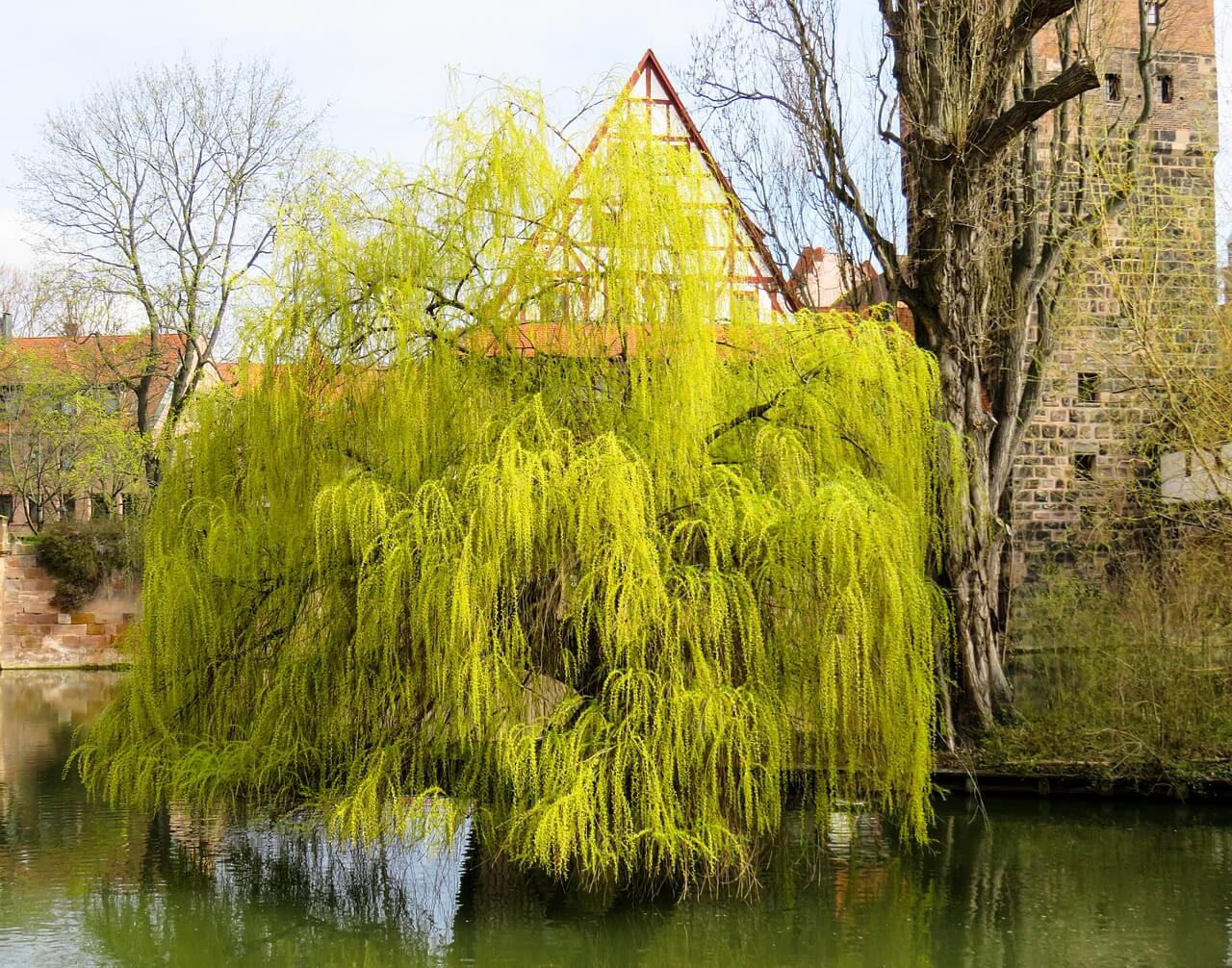
For many, fast growing trees are a no brainer as they allow you to quickly achieve your dream garden or block out annoying eyesores. Although, it is not so simple as selecting a fast growing variety that you like the look of. It is important you choose a variety that is disease and pest free and suitable for your soil type and hardiness zone.
Discover all our fast growing trees online available at great prices.
You also need to consider whether you want an evergreen tree or a tree that will shed its leaves in winter. Often unconsidered factors include weak wood, invasive roots, short life spans, a tree’s width and interference – the effects of competition and allelopathy.
As with all trees, you will need to clip in order to keep it the size/shape you want. Growth can be staggering and certain varieties will be impossible to manage after a certain point. Hence, it is important to carry out formative pruning while the tree is still young. Fast-growing trees will need to be clipped at more often than their slower growing cousins with extra clipping in the warmer seasons.
With planting the usual advice still stands but for optimal growth a tree will need to be accustomed to the hardiness zone and fit the drainage profile of your soil type. Native trees are always a good bet, as well as trees from colder climates. Sandy soils tend to drain quickly, while clay soils hold moisture well, so thirsty trees in sandy soils will need frequent watering in the hottest months.
Often ignored, but important is the effects of interference – the effects of nearby plants – on tree growth. Unlike how tree roots are traditionally represented, most absorbing roots are in the upper few feet of soil and root systems tend to spread horizontally, often extending well beyond a tree’s circumference. It is here that a tree’s roots will come into contact with other plants roots, where they both will compete for nutrients and moisture.
Especially detrimental to trees is grass that is known to retard root growth. Hence, it is important to remove grass and mulch 4 inches deep 1 foot beyond the root ball when planting. (Make sure the mulch does not directly contact the tree trunk to prevent disease/pest problems.) Expand the radius of mulching 1-2 feet per year for 3 years that will allow the tree to establish its root system.
Now, without further ado, here are some fast growing tree suitable to the UK’s climate.
Eucalyptus gunnii
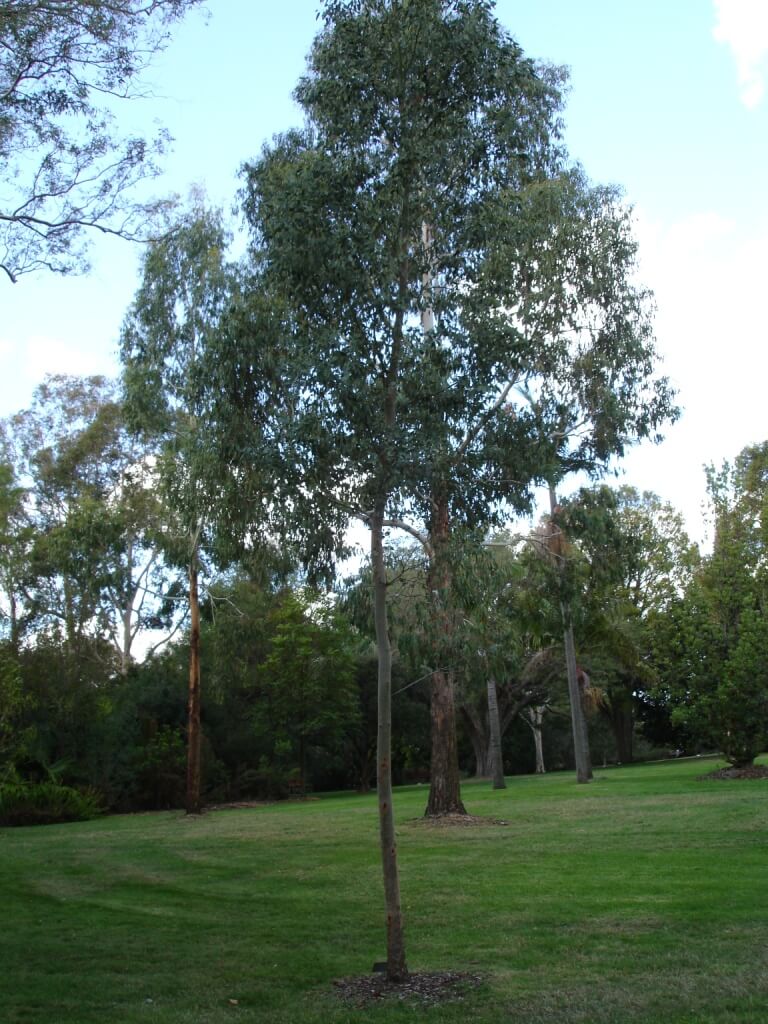
Eucalyptus trees (Eucalyptus gunnii) or cider trees have peeling cream and brown bark with elliptic grey-green foliage. Originating from Tasmania, the gunnii is suitable to grow throughout the UK, being able to withstand temperatures of -15 Celsius for significant periods. Growing at a whopping 1.5-2m per year, the tree tends to take a columnar shape, reaching a maximum height of 25m. The tree is highly versatile and will flourish in all soil types.

Did you know? The gunnii produces a sugar-rich sweet sap that the aborigines ostensibly fermented into an alcoholic drink – the first of its kind in Australia.
Weeping Willow (Salix babylonica)
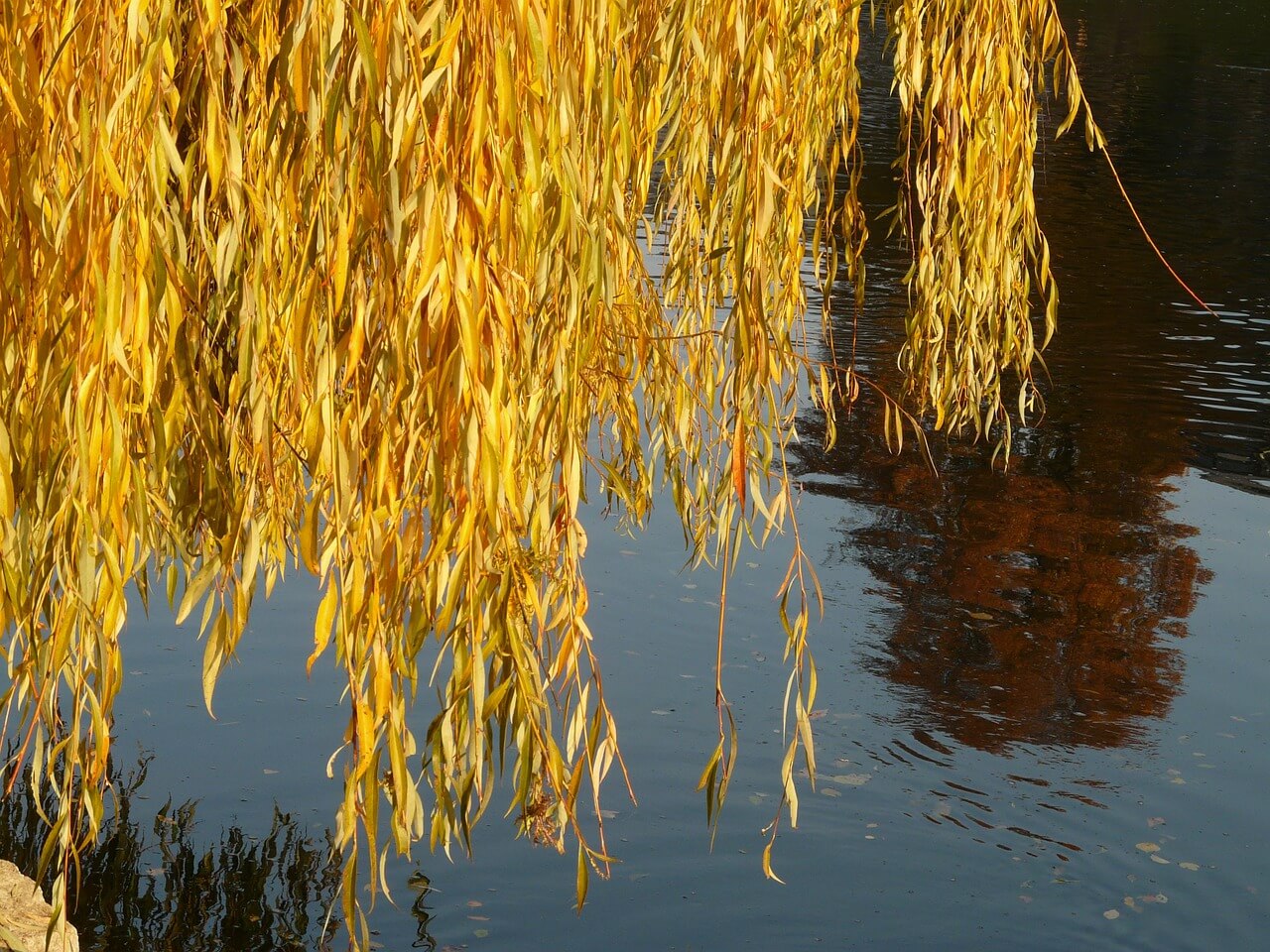
As a genus, weeping trees (Salix) are all fast growing, but the weeping willow is the most famous, known for its grace and often found on the banks of lakes and rivers. The tree is distinctive for its low, sweeping branches that droop to form a canopy. Commonly used as a shade tree, the babylonica will grow 1.2-2.4m per year, reaching about 15m high. Suitable for most soils, the tree will flourish in waterlogged soil and will even absorb standing water. Modern hybrids include the highly popular Golden Weeping Willow (Salix x sepulcralis), known for its ability to create luxurious curtains of gold light.
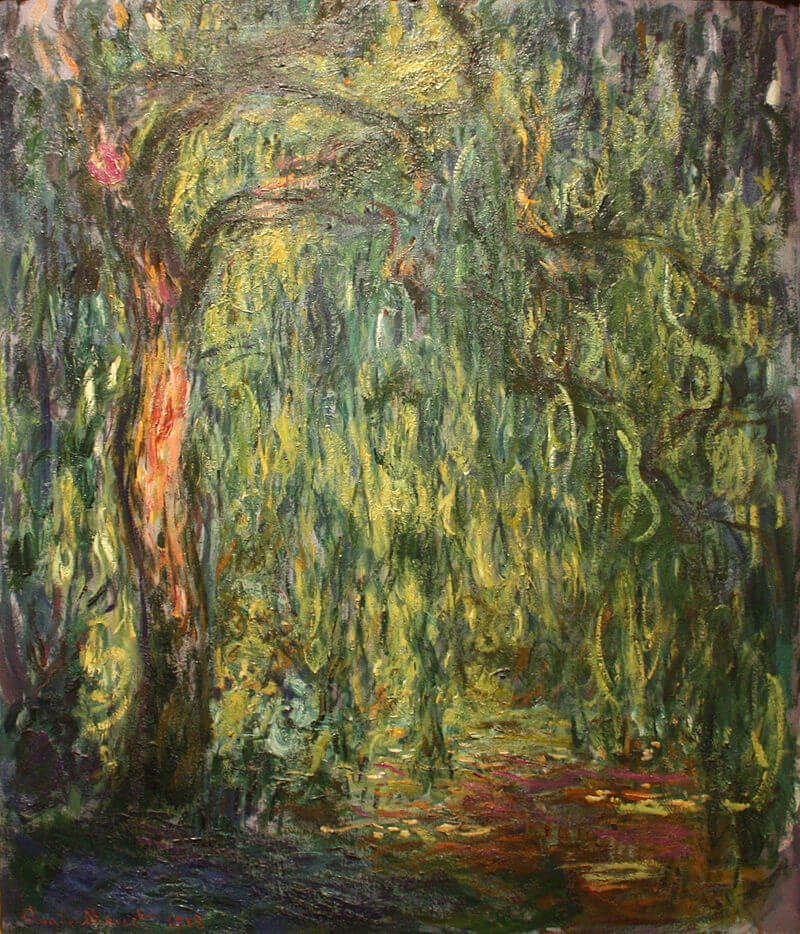
Did you know? Despite its name, the babylonica actually originates from China. It received its scientific alias from the botanist Carolus Linnaeus, who incorrectly believed it was the tree described in the bible in the opening of Psalm 137. In fact, the trees growing along the rivers of Babylon were the Euphrates poplar.
Lombardy Poplar (Populus nigra ‘Italica’)
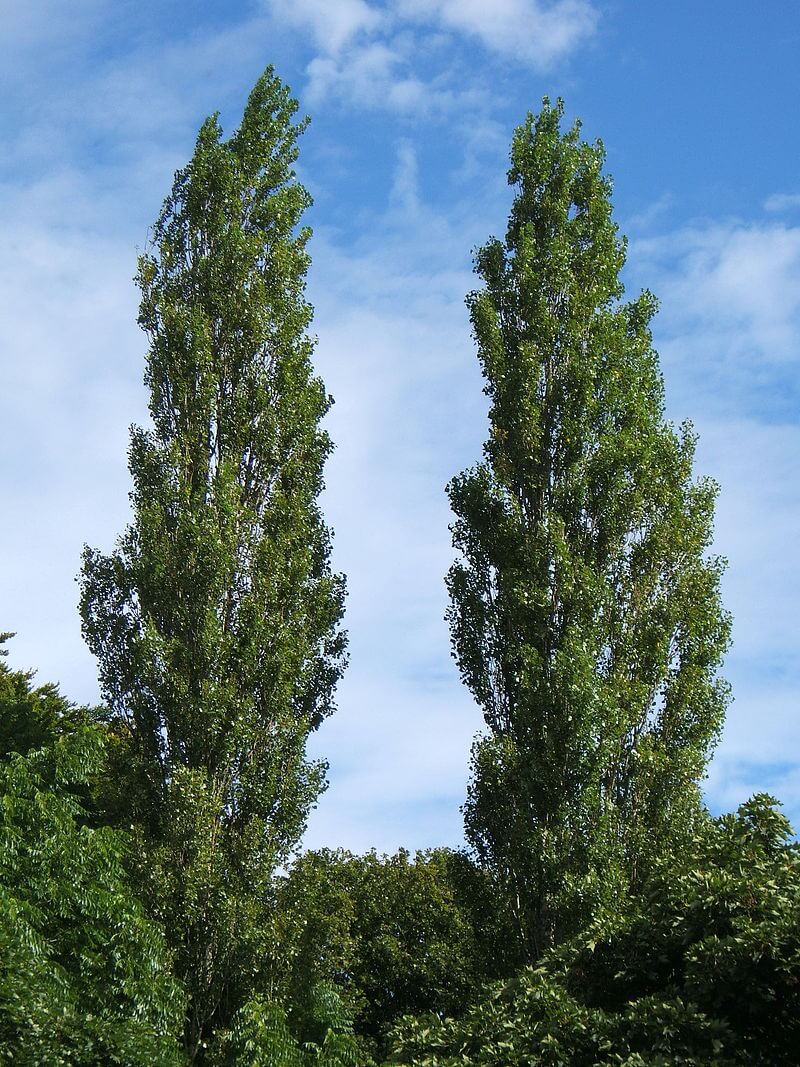
Like the smaller Italian cypress, Lombardy poplar hedging is known for its dramatic upright form and is often planted in rows to form a screen and can be sometimes viewed lining roads. The Italica grows extremely quickly with reported yearly growth rates of 3.6m, although one can expect 2.4/3m. Reaching a maximum height of 20m, the tree is deciduous and is identifiable by its catkins that come in two forms: crimson red (male) and cottony white (female). Although, most trees sold will be male clones. It must be noted the plant is short lived (15 years) and susceptible to disease.
Did you know? While the Italica first spread around Europe in the 18th century, it exploded in popularity in the 19th. This was to the concern of Scottish horticulturist John Claudius Loudon who deemed it “a most dangerous tree”, due to its capacity to destroy the harmony of the landscape when left in the hands of the amateur landscaper.
Silver Birch (Betula pendula)
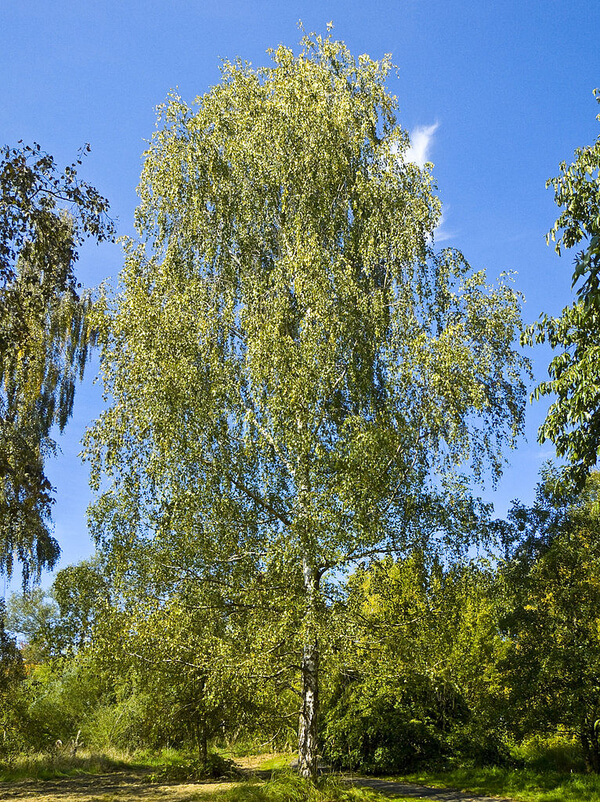
Native to the UK, the silver birch trees are instantly recognisable by the white peeling bark, triangular shaped leaves and various catkins. (The tree is monoecious and thus possesses male and female catkins with the former distinguishable by their greater length and appearance in clusters.) The tree is extremely hardy and grows as far north as Lapland, reaching a maximum height of 30m, although 15m can be expected. Paling in comparison to the previous trees, but certainly no slouch, the pendula will grow at an average rate of 40cm per year.
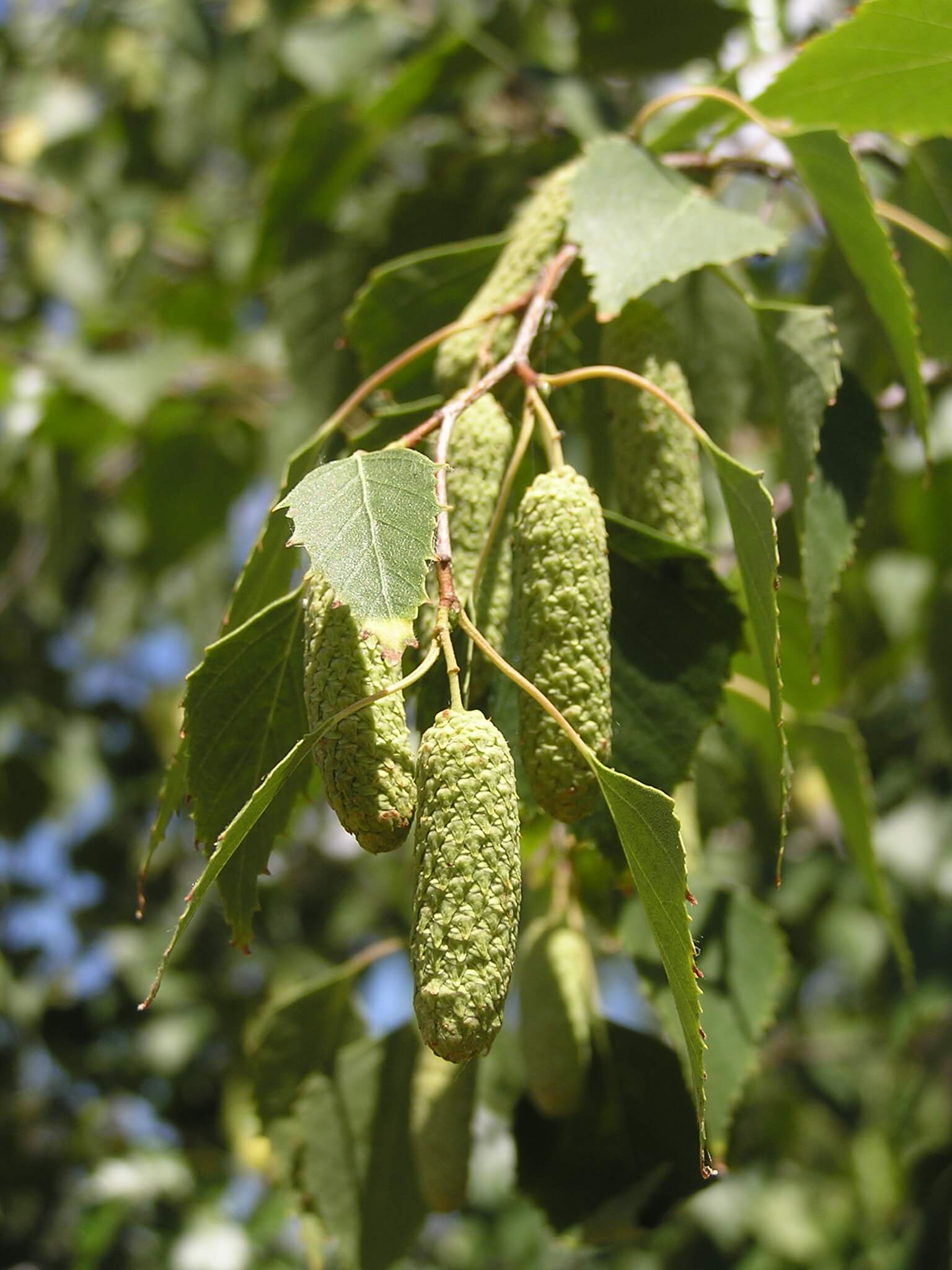
Did you know? While birch bark has long been used in construction, it actually contains substances that make it an extremely useful material. The compound betulin, for example, possesses fungicidal properties can help preserve food, making it perfect for storage containers. Currently, scientists are researching the bark’s various substances that may be of use in medicine.
Golden False Acacia (Robinia pseudoacacia ‘Frisia’)
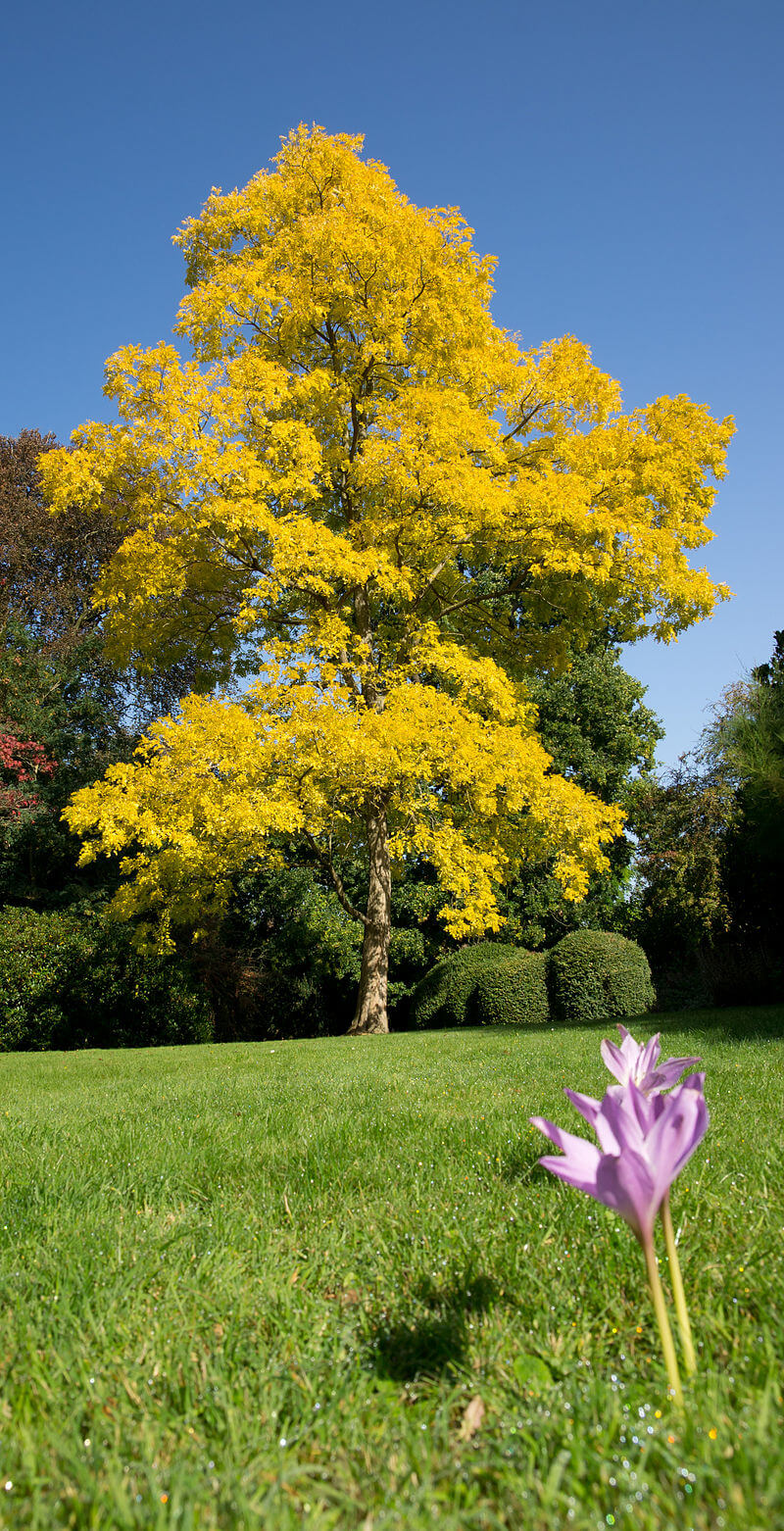
A favourite at Primrose, the Frisia produces fantastic colour throughout the year with its pinnate leaves and gorgeous white flowers. Bushy in appearance, its leaves emerge golden-yellow in Spring, before turning greenish-yellow in Summer and orange-yellow in Autumn. Wonderfully fragrant, the tree will grow between 30-45cm per year and is suitable for most soil types. Extremely hardy, the Frisia can expect to grow to a maximum height of 25m, although 15m can be expected.
Did you know? Due to the high concentration of flavonoid pigments in the heartwood, the False Acacia’s wood can endure for up to a hundred years, and is extremely resistant to rot. It is also extremely hard, making it perfect household furniture and flooring.
–
Jorge works in the Primrose marketing team. He is an avid reader, although struggles to stick to one topic!
His ideal afternoon would involve a long walk, before settling down for scones.
Jorge is a journeyman gardener with experience in growing crops.